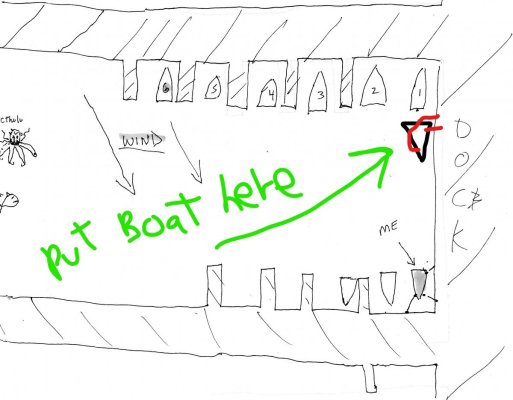psneeld
Guru
Well...despite what some "guy" told you...there are manufacturer guidelines that discuss temp and power applied...in writing.
Now for the rule of thumb which I believe fits most engines I have dealt with.......sure, full power probably is reserved for normal operating temps...but idling away from the dock to outside the marina can start long before the temp is up over 165 or so degrees. The colder temps of older diesels.
From Power and Motoryacht mag.....
"As noted above, a diesel will not warm to operating temperature until it is under load. Thus you need only let the engine idle long enough to fully circulate the oil—30 seconds is plenty. But don’t immediately put the pedal to the metal. A few minutes of idle speed will warm the oil so it flows better. "
Now for the rule of thumb which I believe fits most engines I have dealt with.......sure, full power probably is reserved for normal operating temps...but idling away from the dock to outside the marina can start long before the temp is up over 165 or so degrees. The colder temps of older diesels.
From Power and Motoryacht mag.....
"As noted above, a diesel will not warm to operating temperature until it is under load. Thus you need only let the engine idle long enough to fully circulate the oil—30 seconds is plenty. But don’t immediately put the pedal to the metal. A few minutes of idle speed will warm the oil so it flows better. "
Last edited:






